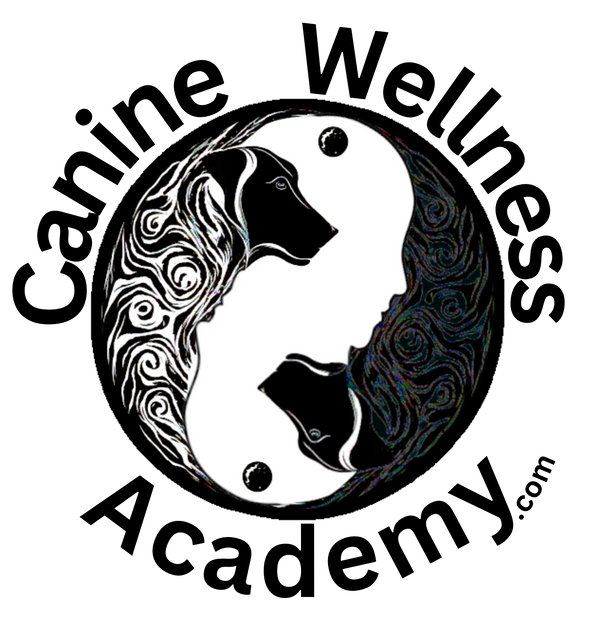Food is more than fuel. It’s also information for your dog’s body. Every bite shapes energy, mood, digestion, and long-term health. In The Complete Guide to Canine Wellness: Caring for Both Ends of the Leash, we explored how physical, emotional, and environmental wellness all work together. Nutrition is the physical foundation of that system. A balanced diet for dogs supports clear thinking, stable energy, and emotional ease. It’s the bridge between body and mind.
Why Balance Matters
When your dog eats well, everything works better, from coat health and joint comfort to immune strength and focus during training. But balance doesn’t mean perfection. It means offering a steady variety of nutrients in the right proportions for your dog’s age, size, and activity level. That balance creates stability, and stability is the heart of canine wellness.
Too much or too little of certain nutrients can quietly affect behavior and mood. A diet too high in fillers can cause fatigue or irritability, while one missing key fats or amino acids can dull coat shine and focus. Balance is less about strict formulas and more about observing how your dog feels and functions day to day.
The Core Components of a Balanced Dog Diet
Protein
Protein builds and repairs tissues, supports the immune system, and helps regulate hormones. Look for whole, animal-based proteins like chicken, beef, fish, or eggs. Rotate proteins occasionally to expose your dog to a variety of nutrients and reduce sensitivity risk.
Fats
Healthy fats, such as salmon oil, flaxseed, or chicken fat, provide essential fatty acids that support brain function, skin health, and hormone balance. Omega-3s are particularly beneficial for reducing inflammation and supporting joint health.
Carbohydrates
Dogs don’t need large amounts of carbs, but complex carbohydrates from sources like sweet potatoes, oats, or brown rice provide steady energy and aid digestion. Avoid excessive refined grains or fillers with little nutritional value.
Vitamins and Minerals
Micronutrients keep every system running smoothly. High-quality commercial diets are typically fortified to meet these needs, but if you feed a homemade or raw diet, work with your vet or a canine nutritionist to ensure proper supplementation.
Signs Your Dog’s Diet May Need Adjustment
Nutrition speaks through the body. Signals like a dull coat, persistent scratching, soft stool, weight changes, or unusual fatigue are your dog’s way of saying something is off. A regular wellness exam gives your vet a chance to look for these early physical clues, while more detailed wellness screenings, like bloodwork or digestive tests, can help confirm whether diet adjustments are needed to bring your dog back into balance.
Behavior can also be a clue. Restlessness, short attention, or irritability after meals may point to food sensitivities or nutrient imbalances. Adjust gradually, observing how your dog’s energy and demeanor shift over a few weeks.
Hydration and Digestive Health
Hydration is often overlooked in discussions of nutrition, but it’s essential for digestion, circulation, and temperature regulation. Always provide fresh water and consider incorporating moisture-rich foods, especially if you feed dry kibble. Bone broth, soaked kibble, or wet food can support hydration naturally.
Probiotics and digestive enzymes may also help maintain gut balance, especially after antibiotics or stress. A healthy gut contributes directly to immune function and emotional stability, a key link between nutrition and behavior.
Feeding as a Bonding Experience
Mealtime shouldn't be a task. It should be an opportunity for practicing presence and trust. Use calm energy, predictable routines, and gentle eye contact during feeding. If you’ve read The Bond as the Foundation of Wellness, you know that dogs read our emotional state easily. When feeding time feels peaceful and safe, digestion improves and your dog’s body relaxes into nourishment.
Consider jotting notes about mealtime moods and digestion patterns in your Better Dog People Workbook. Over time, you’ll begin to see the connection between how your dog eats and how they feel, which is a key part of whole-body wellness.
Reflection
Next time you prepare your dog’s meal, slow down for a moment. Notice the sound of the bowl, the anticipation in their eyes, the rhythm you share. Feeding is an act of care and communication. When done with mindfulness, it nourishes more than the body. It strengthens the bond that defines true wellness.

